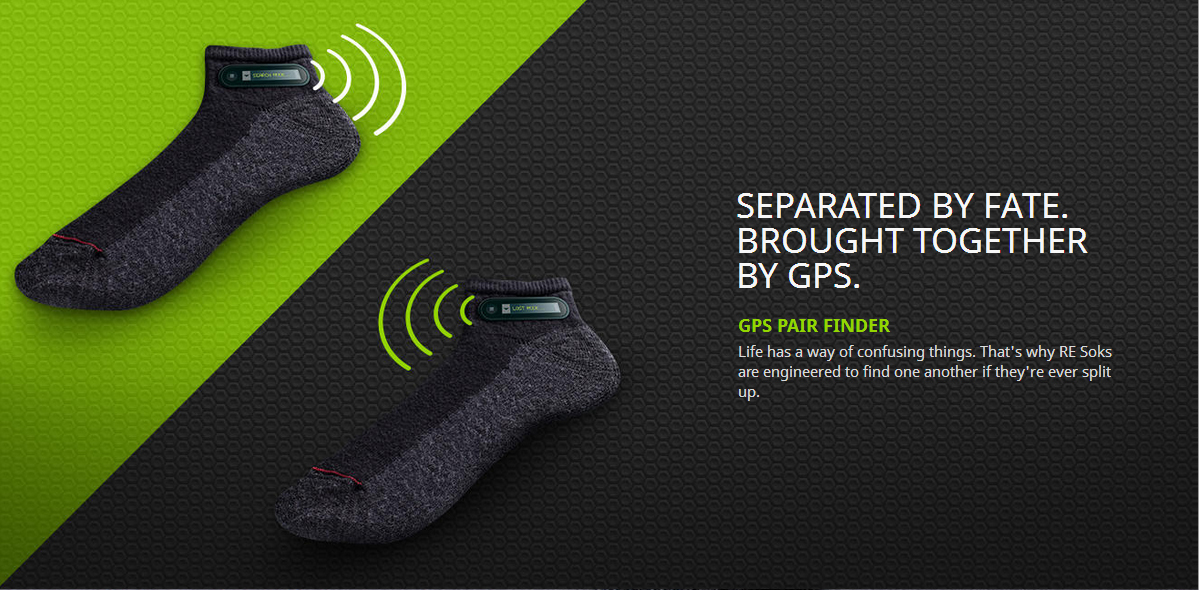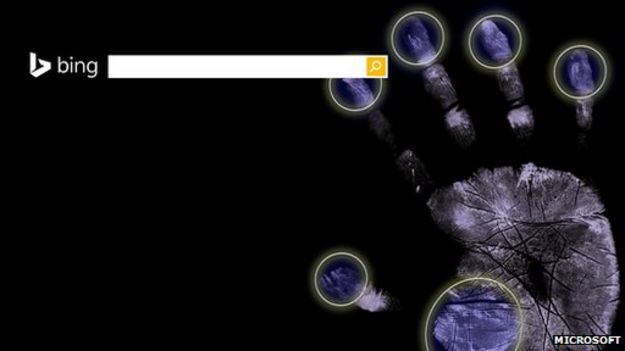Looks like there is still a lot of confusion in the different types of phones around so here is my take. Please feel free to correct me and I will update accordingly.
Dumb phones: The dumb phones were the original mobile phones whose intention was to allow voice and SMS initially and then later on some kind of data transfer using WAP.
A typical dumbphone is as shown above. Dumb phones are no longer available but they can still be used if they are in the working order. Dumbphones were always pre-3G. It wouldnt make sense to have a 3G dumbphone but it is very much possible to have a 2G Featurephone/Smartphone.
Feature Phones: These came next. They allowed more stuff than the basic phones.
Featurephones (above) can do much more stuff, for example they may have camera to take photos, they may allow facebook to share the photos, they can have Skype to call, they can even have WiFi for access. Different people have different way of describing the difference between them and smartphones. Some distinguish Featurephones by suggesting that they have a closed operating system (OS) but this may not be necessarily true. Some others suggest that featurephones do not have touch screens while smartphones do, again this may no longer be considered true. There are featurephones available with basic touch functionality. I think an agreeable way to consider a phone a feature phone, in today's terms, can be based on a combination of processor speeds (less than 400MHz), screen size (less than 2inches), presence of physical buttons and pricepoint (less than $50).
Contrary to popular belief, featurephones are still popular and are going strong. See the chart below for example.
There is a good article that explains why Feature phone is 'Still the undisputed King'
here to interested readers. The main reason according to me is that the reception is much better on Featurephones rather than Smartphones and they consume less battery power in general as compared to the smartphones.
Smartphones:
Wikipedia suggests that the term smartphone was used as early as 1997 but what may have been considered as smartphone then is more like a featurephone of today. As per my knowledge, the first true modern smartphone were the
Nokia communicators. If you look at the specs now, they may be classified as low end featurephones but they were the foundation for the smartphones.
The first true modern smartphone that change the mobiles forever is undisputedly the
original iPhone. On reflecting back, people had no idea what a phone could do until the arrival of the iPhone. This was soon followed by the iPhone clones and now we have many different ecosystems like Android, Bada, Windows mobile, Blackberry OS, etc. that gives its own flavour to the smartphones.
Superphones: The marketing industry is always thinking of using new terms to sell the products and while there has been terms like smarter-phones, super-smartphones, intelligent phones, etc. being thrown about, I think the industry has now converged on to use Superphones for the next generation devices. Some of the readers may be aware that 'Superphone' is used in
Dr. Who series.
Again, there is
no defined standards but looks like the superphone should have
Quad core and its screen size should be more than 4.1inch. Samsung Galaxy S3 would qualify to be a superphone but its
not referred to as one.
Phablets, Tabphones and Phonetabs: So what do you call a hybrid (or a cross between) Tablet and Smartphone? The answer could be any of the terms
Phablets,
Tabphones or
Phonetabs. Again, there is no standard term but people have decided to use whichever term they feel like. Phablet is the most commonly used term.
Samsung Galaxy
Note 2 is a good example of Phablet. One of the
suggestions is that to qualify for Phablet, the screen size should be between 5 inches and 7 inches. Some of the users who have braved to buy one of the phablets, swear by it and in most cases vow to never go back to just a phone.
FT has an
interesting article that suggests the shipment of phablets could be around 200 million by 2015. It should be noted that according to me, WiFi only devices should not be considered as phablets as the phone part is missing. They are just mini-tablets. In case of 7 inch devices capable of phone and tablet functionality, it is a bit of a fuzzy area in cases where the user does not use the SIM card, thereby making the phone part unusable. For simplicity we can consider a device as phablet as long as the mobile functionality is embedded.































